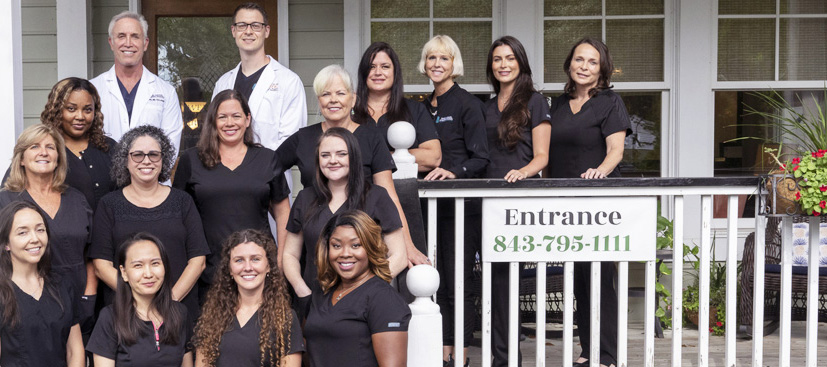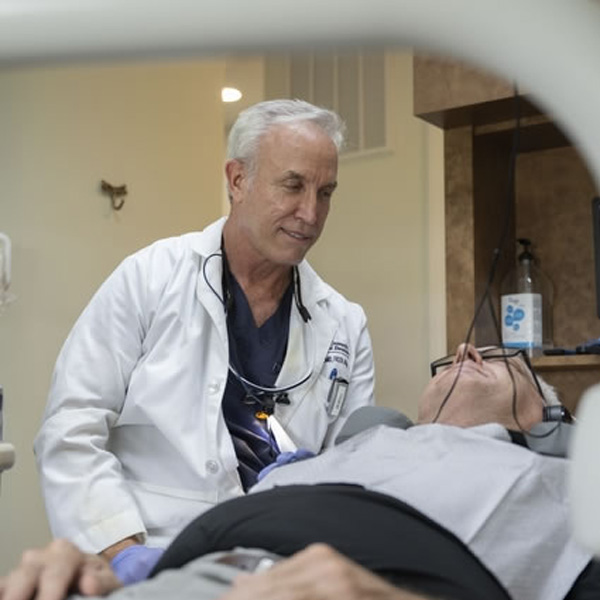Bone Grafting

Major and Minor Bone Grafting
Missing teeth over a period of time may cause your jaw bone to atrophy, or resorb. This often results in poor quality and quantity of bone suitable for the placement of dental implants, as well as long-term shifting of remaining teeth and changes to facial structure. Most patients, in these situations, are not candidates for dental implants.
Fortunately, today we have the ability to grow bone where it is needed. This not only gives us the opportunity to place implants of proper length and width, but it also gives us a chance to restore functionality and aesthetic appearance.

Bone Grafting Process
Bone grafting repairs implant sites with inadequate bone structure due to previous extractions, gum disease, or injuries. The bone is either obtained from a tissue bank or the patient’s own bone is taken from the jaw, hip, or tibia (below the knee).
Sinus bone grafts are also performed to replace bone in the posterior upper jaw. In addition, special membranes may be used that dissolve under the gum to protect the bone graft, and encourage bone regeneration.
Major bone grafts are typically performed to repair defects of the jaws. These defects may arise as a result of traumatic injuries, tumor surgery, or congenital defects. Large defects are repaired using the patient’s own bone. This bone is harvested from a number of different areas depending on the size needed. The skull (cranium), hip (iliac crest), and lateral knee (tibia) are common donor sites. These procedures are routinely performed in an operating room and require a hospital stay.
Find Out More
Contact our office to find out more about bone grafts and whether it’s the right choice for you. Call today.
